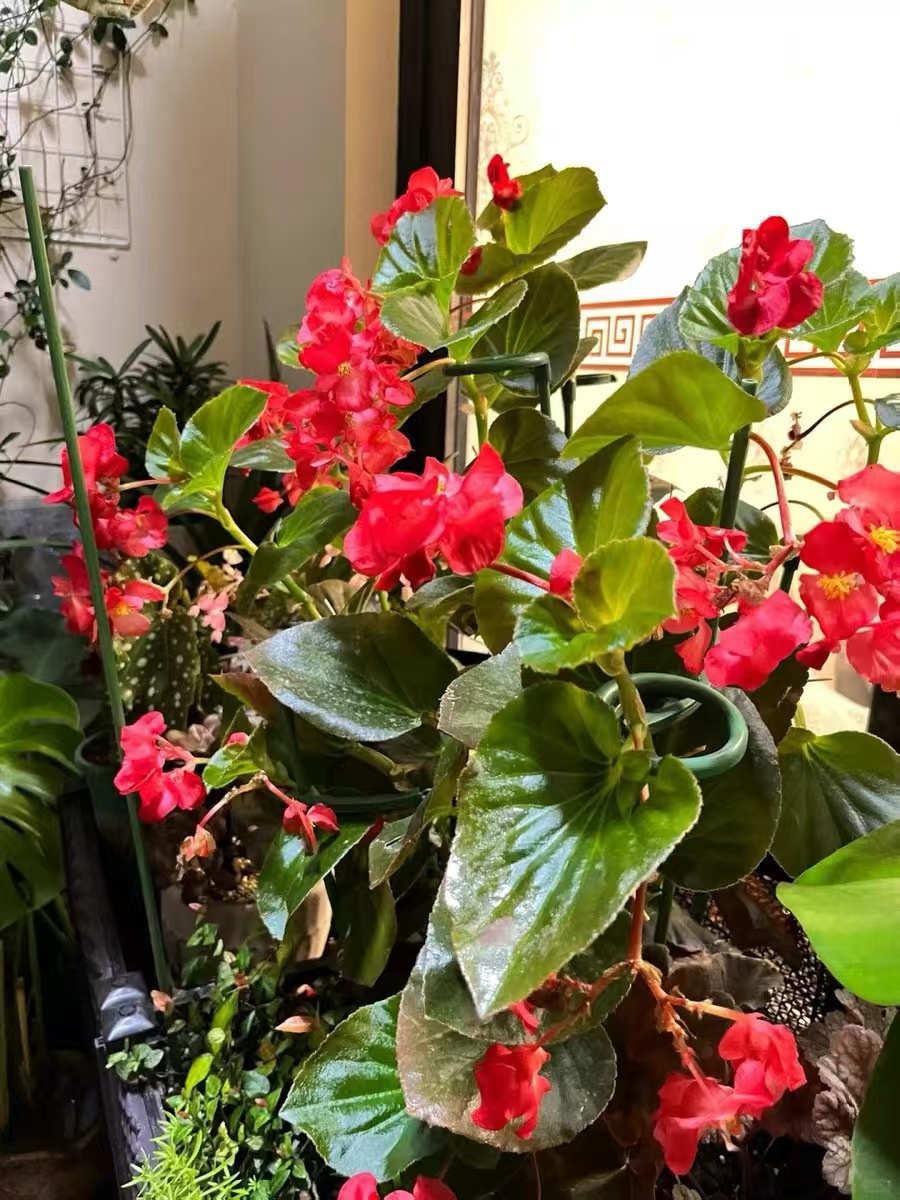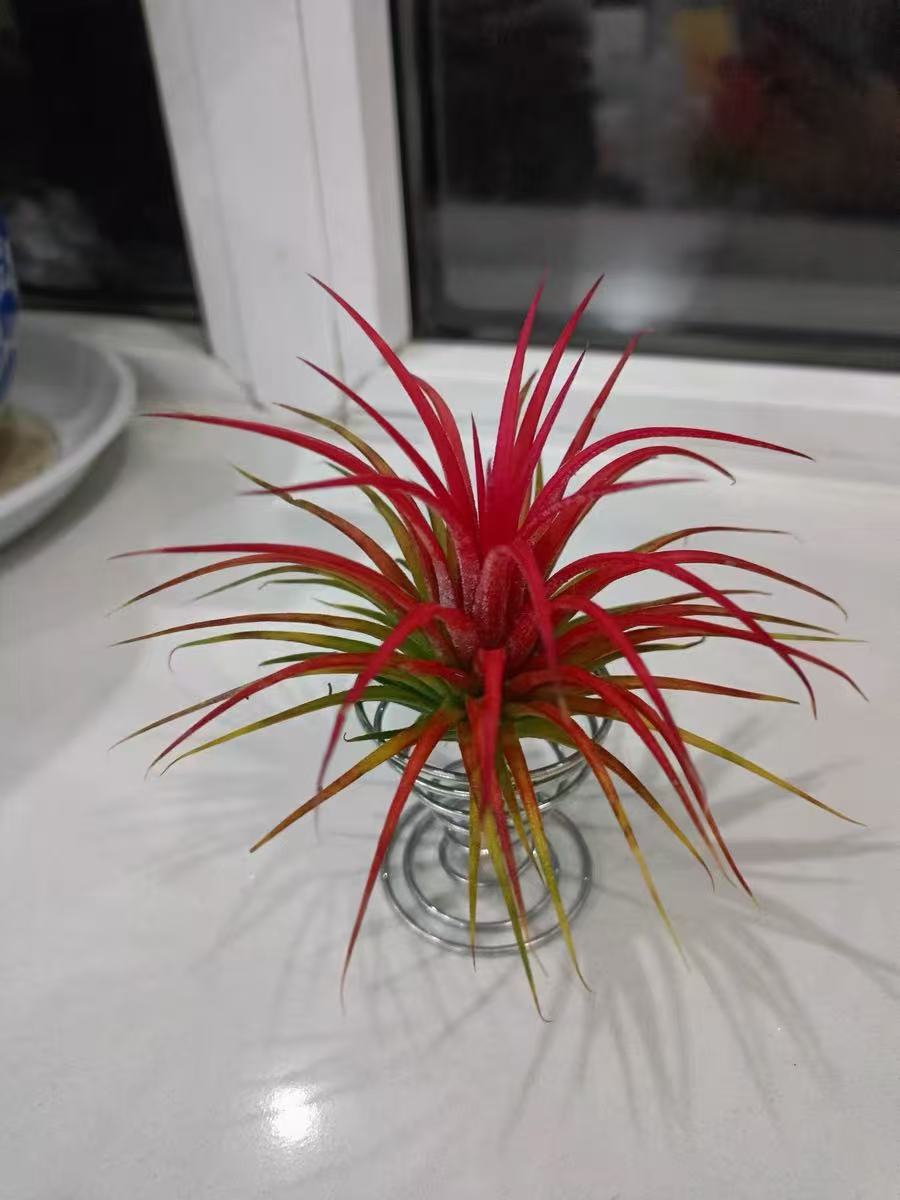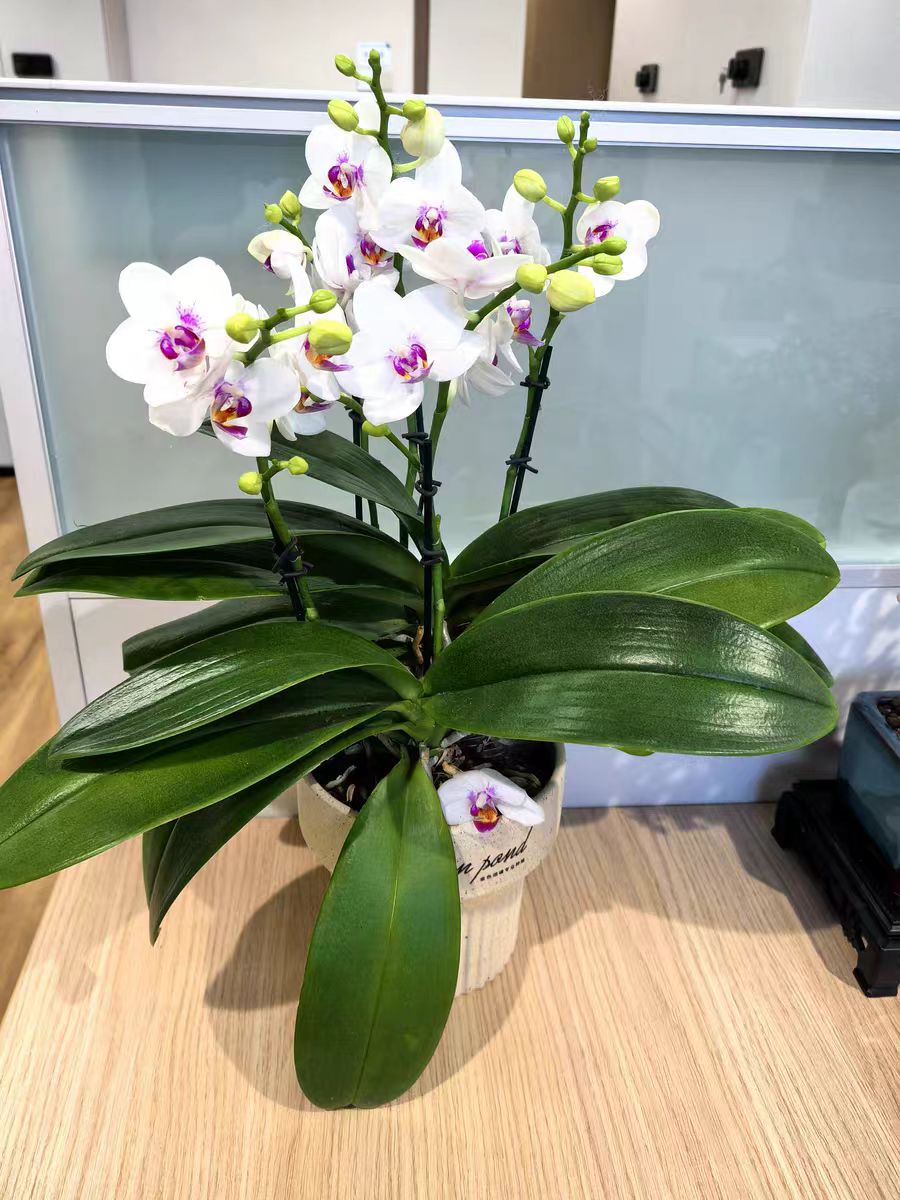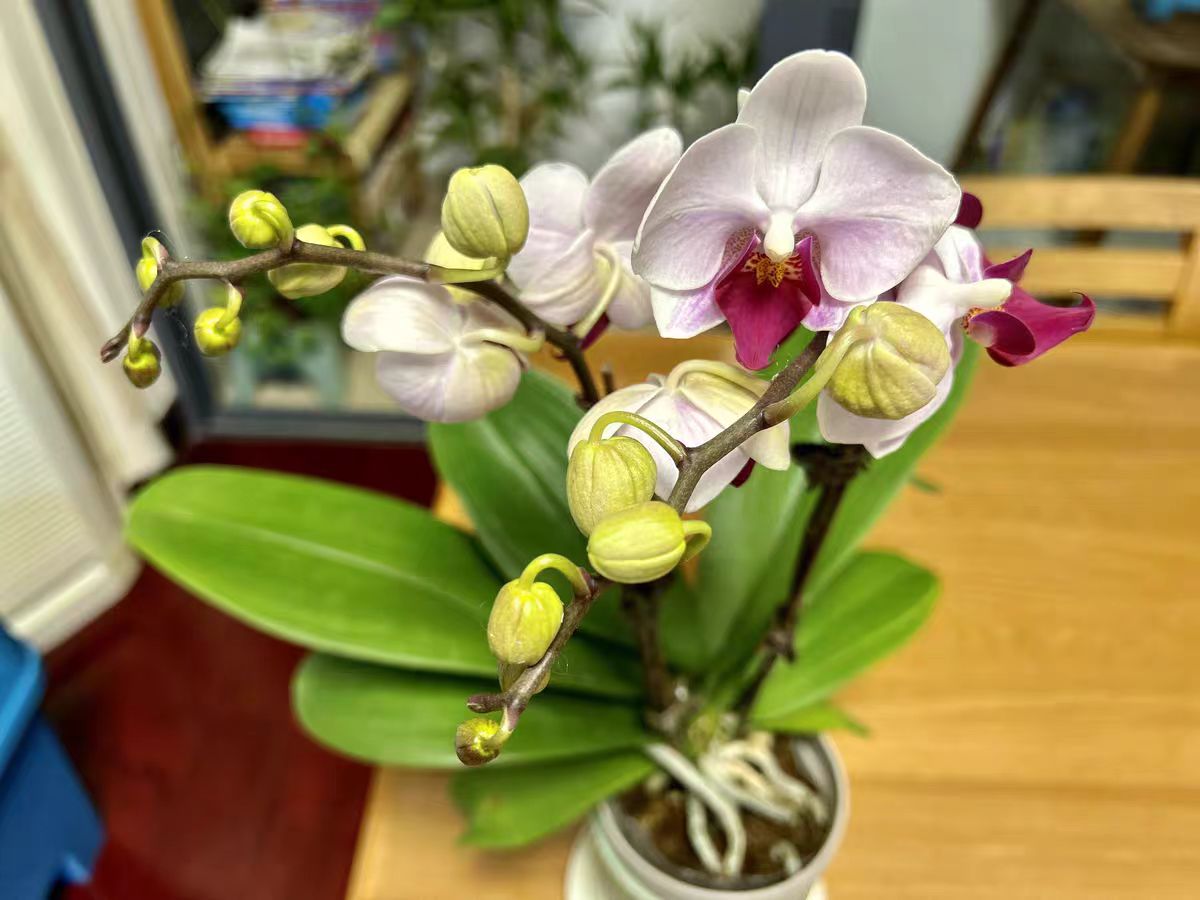In the cold winter, growing green plants indoors can not only add a touch of greenery to our living environment but also bring many benefits. Whether from the perspectives of air purification, mental health, or home decoration, indoor green plants play an important role. Today, let's talk about what plants are best to grow in winter and how to help them survive the winter safely.
The Importance of Keeping Plants Indoors in Winter
In winter, due to increased indoor activities and poor air circulation, the indoor air quality is often affected. Green plants have a strong ability to purify the air. They can absorb harmful gases such as formaldehyde and benzene and release oxygen, significantly improving the indoor air quality. Green plants like Chlorophytum comosum and Hedera helix are outstanding in this regard.
Contact with the natural environment helps relieve stress and improve mood. Indoor green plants can bring people a feeling of relaxation and pleasure, adding natural elements to life. Green plants can also improve attention and concentration, and relieve anxiety and depression.
By choosing a variety of green plants, such as succulent plants, foliage plants, and vine plants, a personalized indoor green space can be created, making the home warmer and more beautiful.
Plant Varieties Suitable for Cultivation in Winter
Begonia semperflorens: Begonia semperflorens is afraid of intense heat and is suitable for growing in a cool environment. In winter, it should be placed in a warm indoor place for overwintering, with the temperature maintained above 10°C. Begonia semperflorens likes moist conditions. During the growth period, watering should be done according to the growth situation of the plant and the change of air temperature, and the soil should be kept moist. At the same time, it also needs sufficient sunlight, but direct sunlight should be avoided to prevent the leaves from being burned.
Cyclamen persicum: Cyclamen persicum likes loose, fertile, and well-drained soil. When preparing the potting soil, a mixture of leaf mold, garden soil, river sand, and decomposed organic fertilizer can be used. Its most suitable growth temperature is 12 - 20°C. In winter, it should be cultivated in a greenhouse or indoors, placed in a sunny place, and the temperature should be maintained above 10°C. During the growth period, the potting soil should be kept moist, and water should be sprayed around the plant frequently to increase the air humidity. In addition, attention should be paid to preventing diseases and pests, such as leaf spot disease and anthracnose.
Oncidium: Oncidium likes loose, breathable, and well-drained soil. Special orchid soil can be used or it can be prepared by oneself. It likes sufficient scattered light but dislikes direct sunlight. In winter, attention should be paid to keeping warm to avoid frost damage caused by too low temperature. It is best to keep the temperature above 12°C. When watering, the soil should be kept moist but not overly wet to avoid waterlogging and root rot. During the growth period, a thin liquid fertilizer can be applied every 1 - 2 weeks.
Kalanchoe blossfeldiana: Kalanchoe blossfeldiana likes sunlight, and lack of light will lead to poor growth. In winter, it should be placed in a sunny environment, but in summer, shading should be noted. When watering, it should be done according to the principle of watering when the soil is dry and stopping when it is wet, keeping the soil moist. When potting, base fertilizer should be applied. During the growth peak season, a thin compound liquid fertilizer can be applied every 15 - 20 days. Kalanchoe blossfeldiana likes loose, breathable, fertile soil with good drainage, which can be prepared by mixing leaf mold, garden soil, and river sand.
Zygocactus truncatus: Zygocactus truncatus likes loose, fertile, well-drained acidic soil, which can be prepared by mixing leaf mold, peat soil, garden soil, and river sand. It is a short-day plant. In summer, appropriate shading is needed to avoid direct sunlight. In winter, sufficient sunlight is required. Receiving 6 - 8 hours of sunlight every day is beneficial to the opening of flowers. The suitable growth temperature of Zygocactus truncatus is 15 - 25°C. In winter, it should be moved to a warm indoor place for maintenance. Watering should be appropriate to avoid waterlogging and root rot. During the growth period, a thin liquid fertilizer can be applied every 1 - 2 weeks.
Keeping plants indoors in winter can not only improve air quality and mental health but also add vitality and liveliness to the home environment. Choosing plant varieties suitable for winter cultivation, such as Begonia semperflorens, Cyclamen persicum, Oncidium, Kalanchoe blossfeldiana, and Zygocactus truncatus, and following the correct maintenance methods can make these green plants thrive in winter and bring more beauty to our lives.
Why Should We Keep Plants Indoors in Winter?

Share with
Tagged in :




Leave a Reply